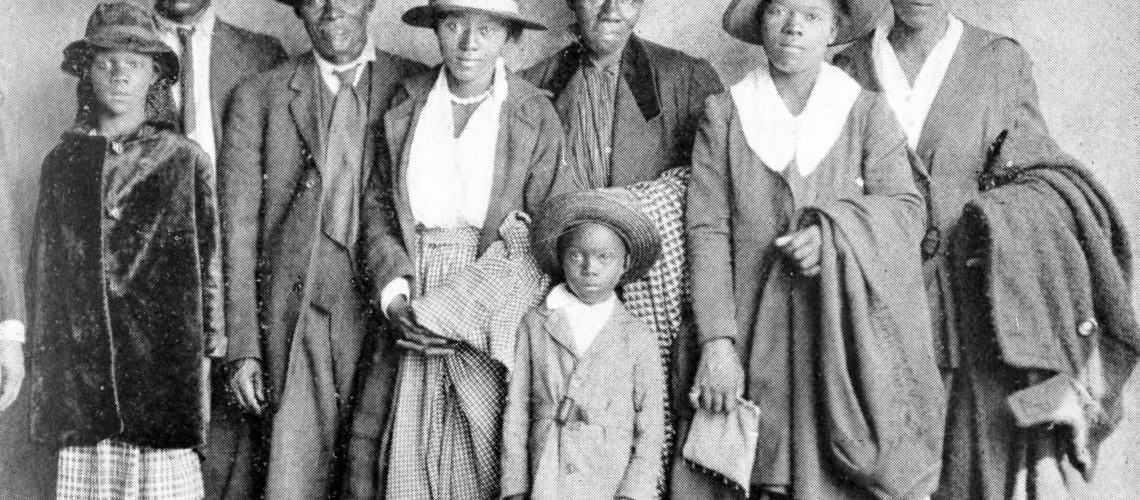An emblematic image of the Great Migration of African American families leaving the Jim Crow South in search of better economic and social opportunities in Northern cities, 1915–1970.
The Great Migration left a lasting impact on West Philadelphia that can still be felt and seen in residential patterns and community relationships.
Starting in the early 20th century, African Americans left the "Jim Crow" South seeking better economic and social opportunities in the industrial cities of the North, Midwest, and West. The massive movement of African American populations, called the Great Migration, lasted decades. The first wave (1916–1930) changed the social and cultural complexion of West Philadelphia neighborhoods, leading to a housing crisis and strained inter- and intra-racial relationships. But it also increased homeownership among Black West Philadelphians and triggered a consideration of race relations that set the stage for Civil Rights activism that would occur a few decades later.
Stories in this Collection
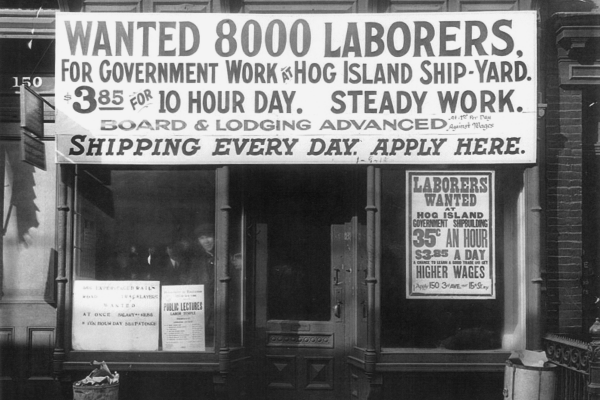 1916–1930 Shortly after the end of World War I, large numbers of Southern African Americans moved to start a new life in the industrial cities of the North, Midwest, and West. They left behind the shrinking number of already limited economic and social opportunities of living in a “Jim Crow” South. Philadelphia, and West Philadelphia in particular, was a terminus for Black migrants arriving from the southern states along the Atlantic seaboard. The region was an attractive location for many migrants seeking to pursue better jobs and the right to live more freely. |
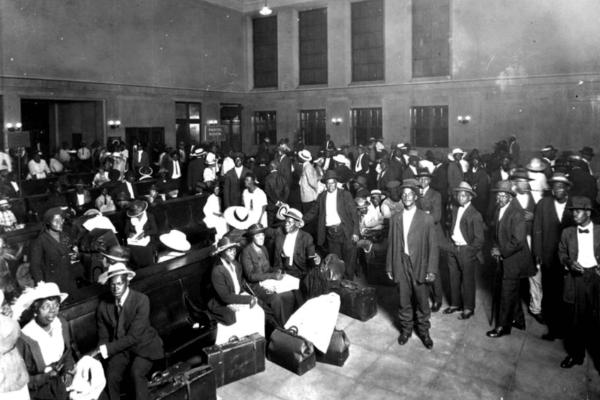 1916–1930 Philadelphia’s established Black middle class resented the arrival of the culturally different southern migrants. These “Old Philadelphians” feared the migrants would undermine the social status they enjoyed and the progress they felt they had made forging a relatively peaceful co-existence with Whites. Acting in their enlightened self-interest, concerned Old Philadelphians strove to uplift and assimilate the new arrivals in the hope that doing so would continue the progress of their racial community. In particular, Old Philadelphians, through an alliance with progressive White associations, would work to improve the poor housing conditions experienced by the migrants. |
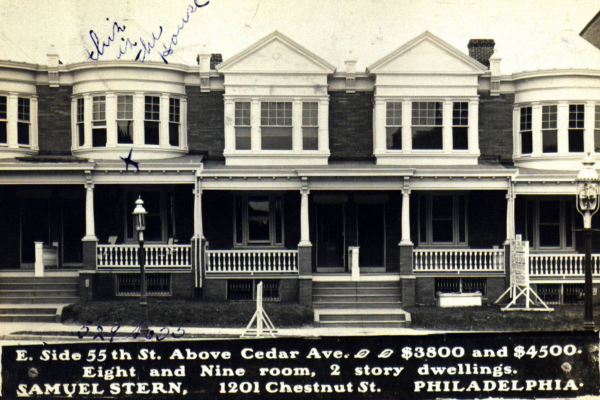 1916–1930 West Philadelphia experienced a housing crisis during WWI due to the combination of the arrival of vast numbers of African Americans and the slow rate of wartime housing construction. The insufficient supply of available houses meant new residents often had to live in crowded blocks and residences. Racism compounded the problem. Often White residents threatened Black migrants attempting to move into their neighborhood. |
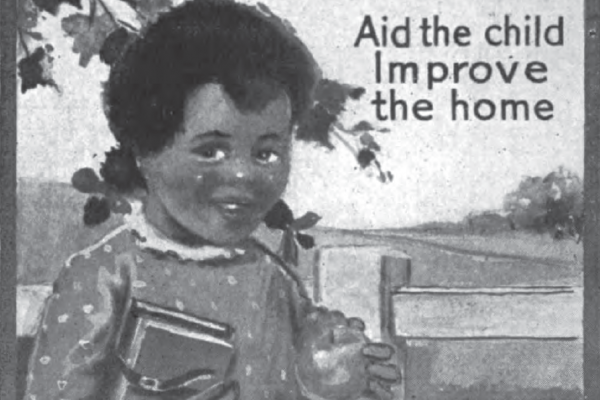 1916–1930 Many Philadelphians took the lead to improve housing conditions in the city. Organizations like the Philadelphia Housing Association and the Armstrong Association took measures to improve the living conditions of migrants by lobbying public officials to address illegal housing issues and attracting attention to overcrowding. They also helped coordinate the efforts of social and charitable organizations like local churches. |
